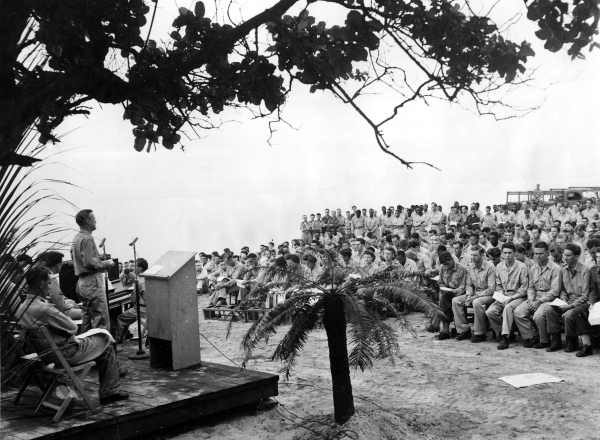On Rue’s Modernization and Readiness

Jonathan Rue’s piece on modernization and readiness is a very useful discussion item. He is correct that force size, modernization, and readiness need to be seen holistically. A couple of perspectives:
1. “By reducing Army and Marine ground forces by 108,000, policymakers have decided not to size the force for long-term, protracted ground combat operations.”
I think Jonathan is extending the actual formal guidance beyond its explicit meaning. In Sustaining U.S. Global Leadership, it states that “U.S. forces will retain and continue to refine the lessons learned, expertise, and specialized capabilities that have been developed over the past ten years of counterinsurgency and stability operations in Iraq and Afghanistan. However, U.S. forces will no longer be sized to conduct large-scale, prolonged stability operations.” Technically, policy makers have sized the ground force for a major war and forward presence, and explicitly excluded the inclusion of a scenario for protracted stability operations (100,000 man, multi-year contingency). By keeping the Army at 490K and Marines at 182, we are sized for major combat operations, including regime change/Phase IV. But only one war.
2. “Not only do policymakers appear to have lost their appetite for such campaigns, planners have justified the decision with the not unreasonable assertion that raising manpower will be easier and faster than, say, designing and building an aircraft carrier, tank or fighter.”
I’ve heard this, and the Pentagon guidance’s inclusion of “reversibility” for forces and industry bears it out it as policy, but I would contend it’s still unreasonable. Most of us realize that while airplanes, subs and ships are harder to build up, but so are good Battalion Commanders and senior NCOs. It takes about 15 years to generate the experience needed to make the decisions they have to make. We might agree that our industrial base is fragile and that we have to preserve our naval yards and fighter production capacity. I am okay with that after a few years in the Pentagon seeing how important industrial considerations are. But let’s not delude ourselves that excellence in combined arms maneuver is some kind of a pickup game. Professional military officers need to advise policymakers of the costs of their assumptions and caution them about their belated appetite suppression for messianic missions.
3. “Moreover, a decade of combat operations has left the force with used and abused equipment that badly needs refitting and replacing.”
This is true, and if funds were being converted from Personnel to Modernization, it would bear it out. I don’t see that happening yet. Additionally, should we invest to reset the “used and abused” gear or truly modernize with the next generation? If we are interested in today’s readiness (then merely recapitalize) or future readiness (invest in R&D and modernize). Should we take some risk now, reduce the force to invest for a future, and what future should we prepare for? .
This was a good posting that presents a critical Quadrennial Defense Review issue.

